Home> Company News> Martin J40 vs. Martin D28: A Comparison of Two Popular Martin Guitars
- AddressShan Dong Province,China
- Factory AddressShan Dong Province,China
- Phone(Working Time)86-13305315989
- Phone(Nonworking Time)86-13305315989
Martin J40 vs. Martin D28: A Comparison of Two Popular Martin Guitars
2023-05-08 10:44:23When it comes to high-quality acoustic guitars, Martin is a name that often comes to mind. The Martin J40 and Martin D28 are two of the most popular models in Martin's lineup, and while they share some similarities, there are several key differences that set them apart.
Body Shape and Size
One of the most noticeable differences between the Martin J40 and Martin D28 is their body shape and size. The J40 features a jumbo-sized body, while the D28 features a dreadnought-sized body. The J40's body is larger than the D28's, which means it has a deeper bass response and more volume.
Materials Used in Construction
Both the Martin J40 and Martin D28 are made with high-quality materials, but there are some differences in their construction. The J40 features a solid Sitka spruce top, solid East Indian rosewood back and sides, and a mahogany neck. The D28, on the other hand, features a solid Sitka spruce top, solid East Indian rosewood back and sides, and a mahogany neck with an ebony fingerboard. The ebony fingerboard gives the D28 a slightly brighter tone than the J40.
Sound Quality and Tonal Characteristics
The Martin J40 and Martin D28 have slightly different tonal characteristics. The J40 has a deep and rich sound, with a lot of bass response and warmth. It's a great choice for players who want a big, full-bodied sound. The D28, on the other hand, has a slightly brighter and more balanced sound, with a strong midrange and clear treble. It's a great all-around guitar that's suitable for a wide range of playing styles.
Playability and Comfort
The Martin J40 and Martin D28 have similar neck profiles and string spacing, which means they both offer a comfortable playing experience. However, the J40's larger body can make it a bit more challenging to play for some players, especially those with smaller hands. The D28's smaller body is more comfortable for many players and is easier to handle during long playing sessions.
Price Range and Value for Money
The Martin J40 and Martin D28 are both high-end guitars that come with a premium price tag. The J40 is generally more expensive than the D28, but it also offers a bigger and richer sound. Both guitars are considered to be great value for money, thanks to their high-quality construction, exceptional sound quality, and long-term durability.
In conclusion, the Martin J40 and Martin D28 are both excellent guitars, and choosing between them ultimately comes down to personal preference. If you're looking for a guitar with a big, full-bodied sound, the J40 is an excellent choice. If you want a guitar with a more balanced and versatile sound, the D28 is a great option. Regardless of which guitar you choose, you can't go wrong with a Martin.
Martin J40 Guitar: Features and Specifications
The Martin J40 is a high-end acoustic guitar designed for professional musicians and serious hobbyists. The J40 features a jumbo-sized body, which is larger than the standard dreadnought body of most Martin guitars. This unique design provides the J40 with a powerful and distinctive tone, making it a popular choice for country, bluegrass, and folk musicians.
The J40 has a solid Sitka spruce top with East Indian rosewood back and sides, providing a rich and balanced tone with plenty of projection. The neck is made from select hardwood with a low profile shape for easy and comfortable playability. The fingerboard is made from black ebony with 20 frets and pearl dot inlays.
The J40 features Martin's scalloped bracing, which enhances the guitar's overall tonal response and projection. The guitar also features a dovetail neck joint, which provides maximum sustain and stability.
The J40 is an aesthetically pleasing guitar, featuring a natural finish with herringbone top trim, Style 45 back inlay, and a unique Jumbo soundhole rosette. The guitar also features a compensated bone saddle and a bone nut, which contribute to its excellent intonation.
The Martin J40 is a high-end guitar, with a price range typically in the $4000-$5000 range. The J40 is a top-of-the-line instrument, with a distinctive and powerful tone that makes it a popular choice among professional musicians and serious hobbyists.
Martin D28 Guitar: Features and Specifications
The Martin D28 is a legendary acoustic guitar that has been around since the 1930s. It is one of the most popular models produced by the Martin Guitar Company and has been used by many famous musicians over the years. Here are some of the features and specifications of the Martin D28 guitar:
Design and Aesthetics
The Martin D28 has a classic design that has remained largely unchanged since its inception. It has a dreadnought body shape that is large and powerful, with a deep, resonant sound. The body is made from high-quality tonewoods, with a Sitka spruce top and East Indian rosewood back and sides. The top is braced with scalloped, forward-shifted X-bracing, which gives the guitar its distinctive tone.
The Martin D28 has a simple but elegant aesthetic, with a plain white binding and a simple rosette around the soundhole. The fretboard is made from ebony, with simple dot inlays, and the headstock features the Martin logo and classic open-gear tuning machines.
Body Shape and Size
The Martin D28 has a dreadnought body shape, which is one of the largest and most powerful guitar body shapes available. The body is 20 inches long, 16 inches wide, and 4 7/8 inches deep. It has a total length of 40 5/8 inches and a scale length of 25.4 inches.
Tonewoods and Bracing Pattern
The Martin D28 is made from high-quality tonewoods that are carefully selected for their sound and beauty. The top is made from Sitka spruce, which is a strong and resonant wood that is prized for its clear and balanced tone. The back and sides are made from East Indian rosewood, which is a dense and hard wood that adds warmth and depth to the guitar's sound.
The bracing pattern on the Martin D28 is scalloped, forward-shifted X-bracing. This bracing pattern was developed by Martin in the 1930s and has become a hallmark of the Martin sound. It provides a balance of strength and flexibility that allows the guitar to produce a full and powerful sound.
Sound Quality and Projection
The Martin D28 is known for its powerful and balanced sound, with a deep and resonant bass, clear and bright treble, and rich and warm midrange. It has a strong and articulate voice that can cut through a mix or stand on its own.
The D28's large body size and bracing pattern contribute to its sound quality and projection. The large body allows for a lot of air to be moved, which gives the guitar its powerful sound. The bracing pattern provides strength and flexibility, which allows the guitar to produce a full and dynamic sound.
Playability and Comfort
The Martin D28 is a comfortable guitar to play, with a smooth and easy action and a comfortable neck profile. The neck is made from select hardwood, with a low oval profile that is easy to grip and play. The fretboard is made from ebony, which provides a smooth and fast playing surface.
The D28 is a versatile guitar that can be played in a variety of styles, from fingerstyle to strumming. It is also a comfortable guitar to play for extended periods, with a balanced and ergonomic design.
Price Range and Availability
The Martin D28 is a high-end guitar that is priced accordingly. It is available from authorized Martin dealers and retails for around $3,000 to $4,000 for a new model. Used models can be found for less, depending on their
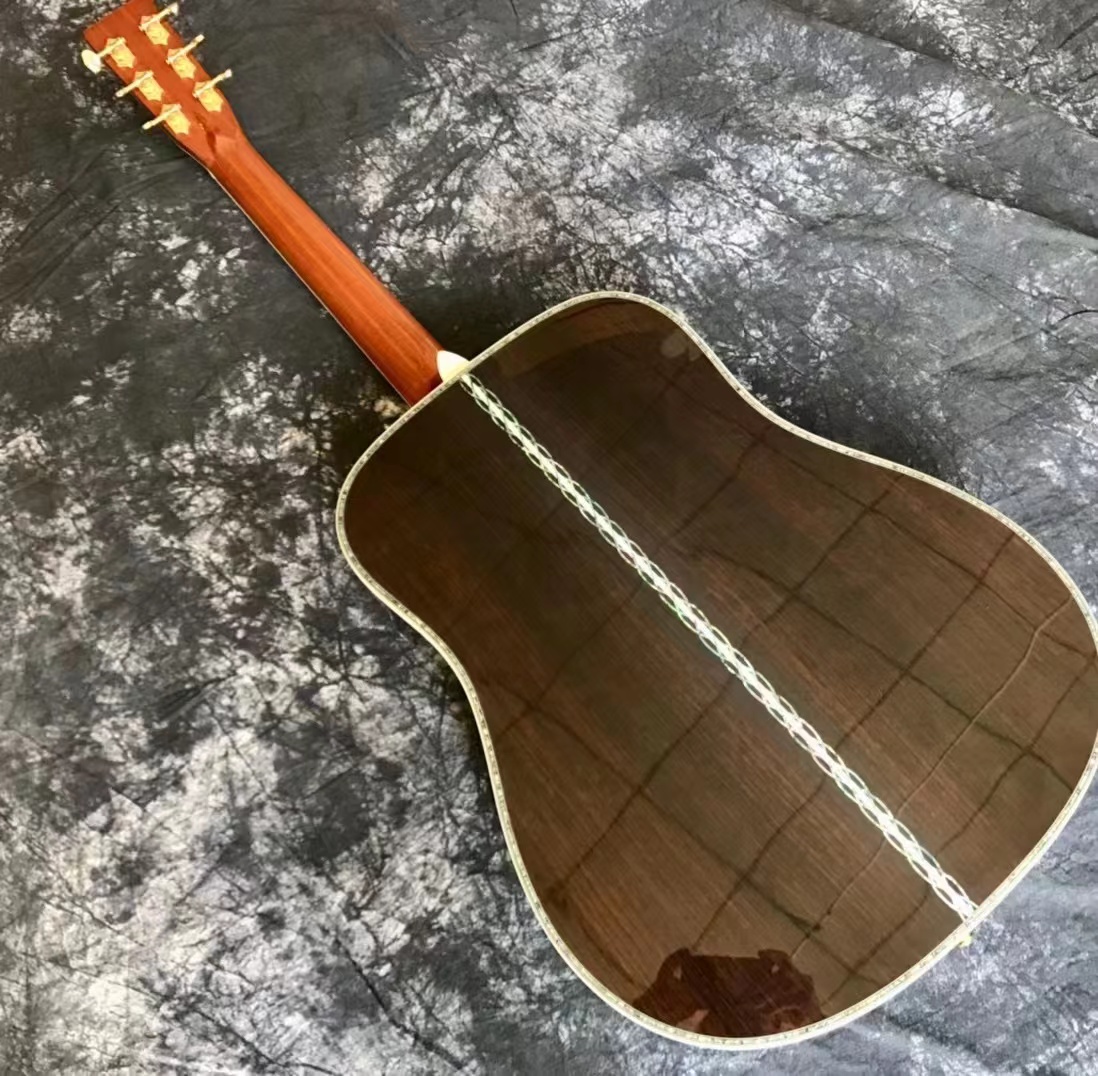
Sound Comparison: Martin J40 vs. Martin D28
One of the most critical factors when choosing a guitar is the sound quality it produces. Both the Martin J40 and the Martin D28 have unique tonal characteristics that set them apart from each other.
The Martin J40 has a bright and balanced tone, which is thanks to the guitar's smaller body and scalloped bracing. The guitar's solid spruce top and solid rosewood back and sides give it a warm and well-balanced sound. Additionally, the J40's sound projection and resonance are impressive, making it an ideal guitar for performing on stage.
On the other hand, the Martin D28 has a classic and traditional sound that is often associated with Martin guitars. It is renowned for its powerful and deep bass, rich and clear midrange, and sparkling treble notes. The guitar's solid spruce top and solid East Indian rosewood back and sides produce a sound that is loud, bright, and clear, making it ideal for bluegrass, country, and folk music.
While the J40 has a more balanced and bright sound, the D28 has a more pronounced bass response and a slightly brighter treble. The sound differences between the two guitars can be subtle but are noticeable, especially when playing different genres of music. Ultimately, the choice between the Martin J40 and the Martin D28 will come down to the individual's preferences and playing style.
Comparison of Playability: Martin J40 vs. Martin D28
When it comes to playability, the Martin J40 and the Martin D28 have their own unique characteristics. The neck profile and fretboard width of each guitar plays a big role in how it feels to play them. Let's take a closer look at the playability of both guitars.
The Martin J40 has a modified low oval neck shape, which provides a comfortable grip for most players. The fretboard width of the J40 measures 1-11/16", which is standard for most acoustic guitars. This width provides enough room for fingerpicking and strumming techniques, without feeling too cramped. The action and string height of the J40 are set at a comfortable level, which allows for easy and comfortable playing. The J40 also has a cutaway body design, which allows easy access to the higher frets.
On the other hand, the Martin D28 has a modified V neck shape, which is slightly more pronounced than the J40's neck shape. This neck shape is preferred by some players who like the feel of a slightly larger grip. The fretboard width of the D28 measures 1-3/4", which is wider than the J40's fretboard. This extra width provides more room for fingerpicking and allows for a more spacious feel. The action and string height of the D28 are also set at a comfortable level, which allows for easy playing. The D28 has a non-cutaway body design, which may make it slightly more difficult to access the higher frets.
Both guitars have their own unique feel when it comes to playability, and it ultimately comes down to personal preference. Some players may prefer the feel of the J40's slightly smaller neck and cutaway body design, while others may prefer the wider fretboard and modified V neck shape of the D28. It's important to try both guitars out in person to see which one feels more comfortable to play.
Design and Aesthetics: Martin J40 vs. Martin D28
In addition to sound quality and playability, design and aesthetics are important factors to consider when choosing between the Martin J40 and Martin D28 guitars. Both guitars have their own unique features and characteristics that make them stand out from each other.
Body Shape and Size
The Martin J40 and Martin D28 have different body shapes and sizes, which can affect their overall sound and playability. The J40 has a jumbo-sized body, which is larger than the D28's dreadnought body. The J40's larger size gives it a deeper, more resonant tone, while the D28's smaller size provides a brighter, more focused tone.
Binding and Inlay Design
Both the Martin J40 and Martin D28 have similar binding and inlay designs, with herringbone trim around the top edge of the body and fretboard. The J40 also has a unique floral pattern inlaid on the headstock, which adds to its elegant aesthetic. The D28 has a simpler inlay pattern, with pearl dots on the fretboard and headstock.
Finish and Color Options
The Martin J40 and Martin D28 both have a natural wood finish, which highlights the beauty of their tonewoods. The J40 has a lighter finish that allows the wood grain to show through, while the D28 has a slightly darker finish that gives it a more traditional look. Both guitars also have a sunburst option, which adds a touch of vintage flair to their appearance.
Hardware and Tuning Machines
Both the Martin J40 and Martin D28 have high-quality hardware and tuning machines that contribute to their overall playability and tuning stability. The J40 has gold-plated tuning machines with an ebony button, while the D28 has nickel-plated tuning machines with a butterbean-shaped button. The J40 also has an ebony bridge and fingerboard, while the D28 has a rosewood bridge and fingerboard.
Overall, both the Martin J40 and Martin D28 are visually stunning guitars with unique design features that set them apart from each other. The J40's jumbo-sized body and floral inlay pattern give it a more elegant aesthetic, while the D28's simpler inlay pattern and traditional finish make it a classic choice.
Martin J40 vs. Martin D28: Pros and Cons
When deciding between the Martin J40 and Martin D28 guitars, it is essential to weigh the pros and cons of each instrument to determine which one best fits your needs and playing style. In this section, we will explore the advantages and disadvantages of each guitar model.
Pros of the Martin J40 Guitar
-
Rich and balanced sound: The Martin J40 guitar is known for its rich and balanced sound, with a full-bodied bass, warm midrange, and clear treble. The combination of solid spruce and East Indian rosewood creates a distinctive sound that is perfect for a wide range of music genres.
-
Comfortable to play: The Martin J40 guitar has a comfortable neck and a slightly wider fingerboard than the Martin D28, making it ideal for fingerpicking and flatpicking. The guitar's body is also slightly smaller than the D28, making it easier to play for extended periods.
-
High-quality materials: The Martin J40 guitar is crafted from high-quality materials, including solid spruce and East Indian rosewood, ensuring durability and longevity. The guitar's premium hardware, including its tuners and bridge pins, further enhances its overall quality.
Cons of the Martin J40 Guitar
-
Price: The Martin J40 guitar is priced higher than the Martin D28, making it less accessible to some musicians.
-
Limited sound projection: While the Martin J40 guitar has a rich and balanced sound, it may not project as well as the Martin D28, which has a larger body size.
Pros of the Martin D28 Guitar
-
Versatile sound: The Martin D28 guitar is known for its versatility, producing a bright, full-bodied sound that is ideal for a wide range of music genres, including country, folk, and bluegrass.
-
Superior sound projection: The Martin D28 guitar's larger body size provides superior sound projection, making it an excellent choice for live performances or playing in groups.
-
Lower price: The Martin D28 guitar is priced lower than the Martin J40, making it more accessible to musicians on a budget.
Cons of the Martin D28 Guitar
-
Playability: The Martin D28 guitar may not be as comfortable to play as the Martin J40 due to its narrower fingerboard, making it less ideal for fingerpicking.
-
Less expensive materials: The Martin D28 guitar is made with less expensive materials than the Martin J40, which can affect its durability and longevity.
In conclusion, both the Martin J40 and Martin D28 are exceptional guitars with unique features and advantages. The Martin J40 is a great choice for musicians who prioritize comfort and a rich, balanced sound, while the Martin D28 is ideal for those who need superior sound projection and versatility at a lower price point. Ultimately, the decision between the two models comes down to personal preferences and needs.
Martin J40 vs. Martin D28: Customer Reviews and Ratings
When it comes to customer reviews and ratings, both the Martin J40 and Martin D28 have garnered high praise from guitar players and enthusiasts alike. Let's take a closer look at what customers have to say about these two iconic guitars.
Martin J40 reviews and ratings:
The Martin J40 has received rave reviews for its tone, playability, and overall quality construction. Customers praise its warm and balanced sound, with particular emphasis on its clear and articulate midrange tones. Many players also appreciate the guitar's comfortable neck profile and excellent playability, which allows for effortless fretting and fingerpicking. Some customers have noted that the J40's premium price point may be a bit steep for some players, but many feel that the guitar is worth the investment.
In terms of ratings, the Martin J40 consistently earns high marks across various online marketplaces and forums. Customers frequently rate the J40 at 4.5 stars or higher, citing its exceptional build quality, impressive tonal range, and overall value for money.
Martin D28 reviews and ratings:
The Martin D28 is widely regarded as one of the finest acoustic guitars ever produced, and customers consistently rate it highly for its rich, full-bodied tone and exceptional playability. Players praise its balanced and versatile sound, with many noting its exceptional projection and resonance across various music genres. Many customers also appreciate the guitar's classic design and aesthetics, which give it a timeless appeal.
Like the J40, the Martin D28 has earned high ratings from customers across various platforms. Customers frequently rate the D28 at 4.5 stars or higher, citing its exceptional tonal quality, comfort, and versatility as some of its standout features.
Overall, customer reviews and ratings suggest that both the Martin J40 and Martin D28 are highly regarded by players and collectors alike. Ultimately, the choice between these two guitars will depend on individual preferences and playing styles. However, it's clear that both guitars offer exceptional quality and value, and are likely to continue to be sought-after instruments for years to come.
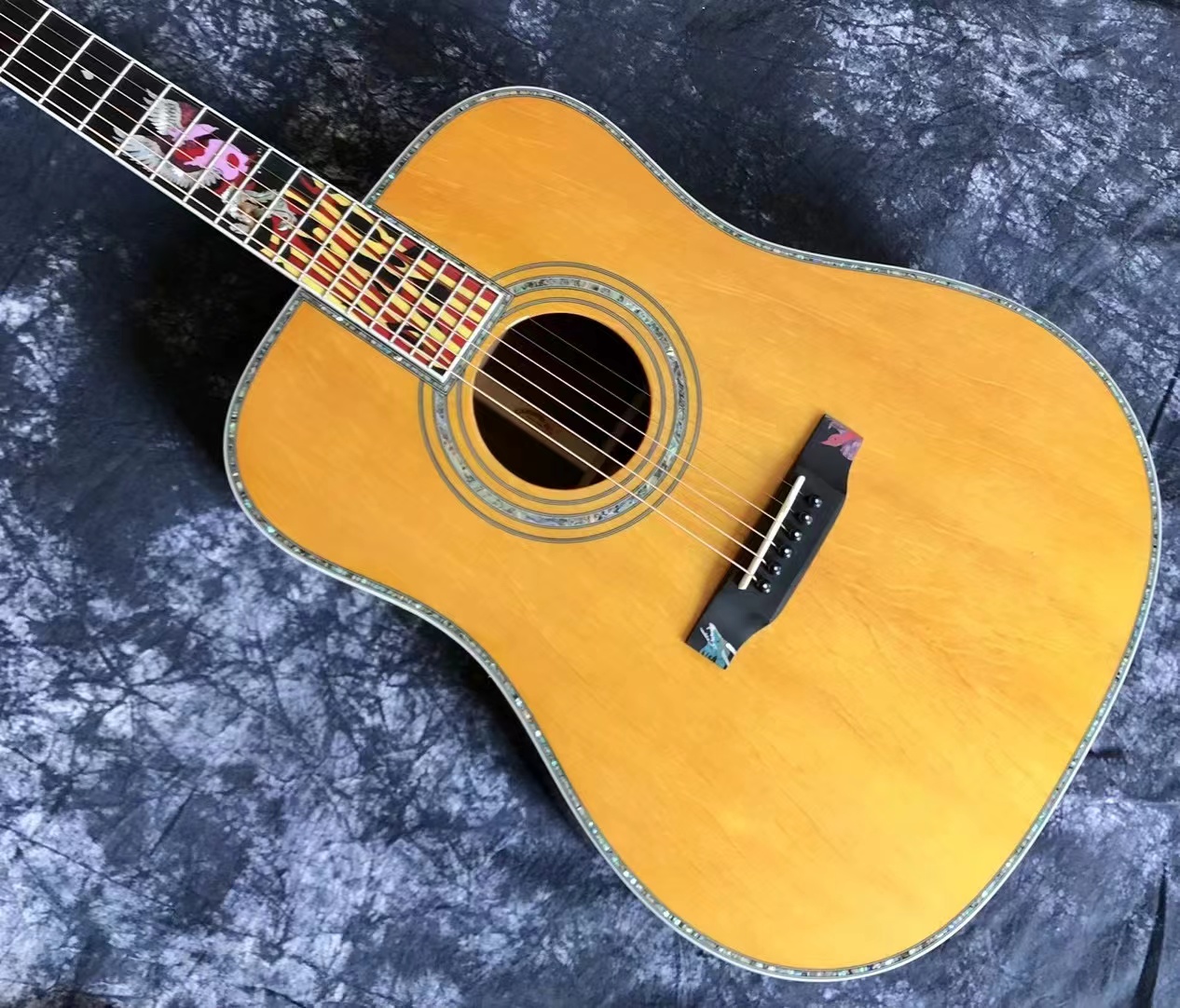
Buying Guide: How to Choose Between Martin J40 and Martin D28
When it comes to choosing between the Martin J40 and the Martin D28, there are a few factors to consider. Both guitars are high-quality instruments with their own unique features and strengths. Here's a buying guide to help you decide which one is right for you:
-
Consider your budget and playing style One of the first things to consider when choosing between the Martin J40 and the Martin D28 is your budget. While both guitars are relatively expensive, the J40 tends to be slightly pricier than the D28. You should also consider your playing style and the type of music you play. The J40 is often preferred by fingerstyle players, while the D28 is a popular choice for flatpickers.
-
Compare sound and playability Both the Martin J40 and the Martin D28 have a distinctive sound and playability. The J40 is known for its warm and rich tone, with a strong midrange and balanced bass and treble. The D28, on the other hand, has a powerful and full-bodied sound, with a strong bass and bright treble. In terms of playability, the J40 has a wider neck and shorter scale length, which can make it easier to play for some players. The D28 has a slimmer neck profile, which some players may find more comfortable.
-
Choose the guitar that best fits your needs and preferences Ultimately, the decision between the Martin J40 and the Martin D28 comes down to your needs and preferences. If you're looking for a guitar with a warm and rich tone that's great for fingerstyle playing, the J40 may be the better choice for you. If you're a flatpicker looking for a powerful and full-bodied sound, the D28 may be the way to go. Consider trying out both guitars if possible, or consulting with a guitar expert or teacher to help you make the right choice.
-
Consider purchasing from a reputable dealer or seller When purchasing a high-end guitar like the Martin J40 or the Martin D28, it's important to buy from a reputable dealer or seller. Look for dealers that are authorized by Martin to sell their guitars, and check reviews and ratings from other customers to ensure that you're buying from a trustworthy source.
-
Check for warranty and return policies Finally, be sure to check the warranty and return policies of the dealer or seller you're considering. The Martin J40 and the Martin D28 are both expensive instruments, and you'll want to ensure that you're protected in case of any defects or issues. Look for dealers that offer a warranty or return policy that covers a reasonable amount of time after your purchase, and read the terms and conditions carefully before making your purchase.
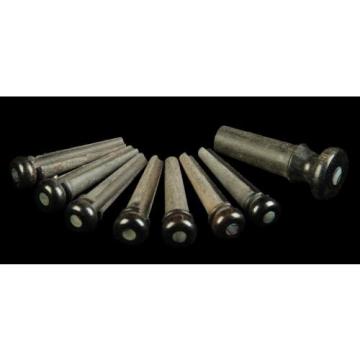 Martin martin guitar strings Acoustic martin d45 Guitar martin guitars Bridge/End martin acoustic guitars Pin martin strings acoustic Set Ebony with Paua Pearl Inlays
Martin martin guitar strings Acoustic martin d45 Guitar martin guitars Bridge/End martin acoustic guitars Pin martin strings acoustic Set Ebony with Paua Pearl Inlays Kind martin guitar accessories Letters guitar martin martin acoustic guitars martin acoustic guitar martin
Kind martin guitar accessories Letters guitar martin martin acoustic guitars martin acoustic guitar martin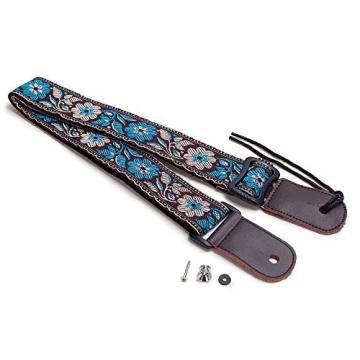 CLOUDMUSIC martin guitar case Colorful acoustic guitar strings martin Hawaiian martin strings acoustic Style martin acoustic guitar strings Cotton martin guitar accessories Ukulele Strap Blue White Flower (Brown)
CLOUDMUSIC martin guitar case Colorful acoustic guitar strings martin Hawaiian martin strings acoustic Style martin acoustic guitar strings Cotton martin guitar accessories Ukulele Strap Blue White Flower (Brown)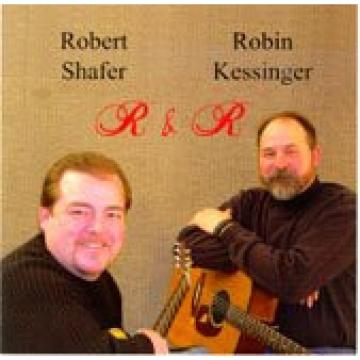 R martin guitars & guitar martin R martin guitar strings acoustic medium audio martin acoustic guitar strings CD martin guitar strings
R martin guitars & guitar martin R martin guitar strings acoustic medium audio martin acoustic guitar strings CD martin guitar strings pf1016-b martin guitar case Martin's martin strings acoustic Guitar martin d45 Lounge martin guitar accessories Beer acoustic guitar martin Bar Pub Room Neon Light Sign
pf1016-b martin guitar case Martin's martin strings acoustic Guitar martin d45 Lounge martin guitar accessories Beer acoustic guitar martin Bar Pub Room Neon Light Sign
